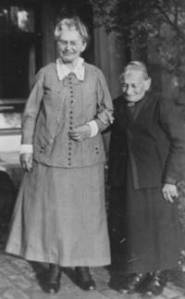 W
WClara Arnheim was a German painter of Jewish ancestry; best known for her depictions of life among the fishermen on the Baltic coast. Her younger brother, Fritz Arnheim, was a noted historian.
 W
WAlexander (Alex) Beer was a German architect.
 W
WLudwig Otto Blumenthal was a German mathematician and professor at RWTH Aachen University.
 W
WRichard Breitenfeld was a German baritone. He was a member of the Frankfurt Opera ensemble and was murdered in the Theresienstadt concentration camp.
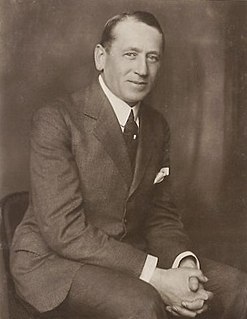 W
WEugen Burg was a German actor. His daughter was Hansi Burg. Burg was a close friend of the actor Hans Albers.
 W
WAbraham Buschke was a Jewish German dermatologist who was a native of Nakel in the Province of Posen.
 W
WLudwig Czech was a German-speaking Jewish Czech member of the German Social Democratic Workers' Party in the Czechoslovak Republic who actively participated in the Czechoslovak politics of the so-called First Republic. He was a Minister of Social Care (1929–1934). Minister of Public Affairs (1934–1935), Minister of Public Health and Physical Training (1935–1938).
 W
WRobert Desnos was a French surrealist poet who played a key role in the Surrealist movement of his day.
 W
WHarry Elte was a Jewish-Dutch architect. His style is that of the Amsterdam School.
 W
WPaul Maximilian Eppstein was a German sociologist, Zionist and elder in the Theresienstadt ghetto.
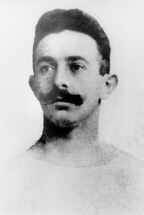 W
WAlfred Flatow was a German gymnast. He competed at the 1896 Summer Olympics in Athens. He was Jewish.
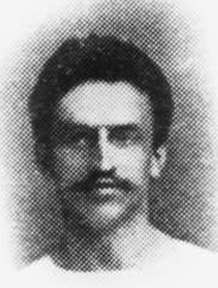 W
WGustav Felix Flatow was a German gymnast. He competed at the 1896 Summer Olympics in Athens and at the 1900 Summer Olympics in Paris.
 W
WAlfred Gudeman was an American-German classical scholar.
 W
WFriedrich Bernhard Eugen "Fritz" Gutmann was a Dutch banker and art collector. A convert from Judaism, he and his wife were murdered by the Nazis in 1944, and parts of his art collection stolen by the German occupying forces. The collection and the fate of Fritz Gutmann is described by his grandson, Simon Goodman, in the 2015 book The Orpheus Clock.
 W
WVladimír Helfert was an important Czech musicologist in the interwar period. Although his early career as a music critic was clouded by the negative influence of his teacher, Zdeněk Nejedlý, with whom he studied at Charles University. After accepting a post in 1922 as professor of musicology at Masaryk University in Brno, he went against Nejedlý's teachings and championed the music of Leoš Janáček. His greatest work, Česká moderní hudba. Studie o české hudební tvořivosti, came under public attack by Nejedlý and his remaining followers. During the Nazi occupation, Helfert became involved with the underground Czechoslovak Communist Party and was arrested for resistance activities. He was interned in Brno's Špilberk Castle by the Gestapo in 1939, and subsequently in Wrocław until 1942. After convalescing he was arrested again in 1944, and held in Prague's Pankrác prison and finally the Theresienstadt concentration camp: his health did not survive the trip back to Prague after liberation.
 W
WMax Herrmann was a German literary historian and theorist of theatre studies. He is considered to be the founding father of theatre studies in Germany.
 W
WKarl Herxheimer German pronunciation: [ˈkʰaɐ̯l ˈhɛɐ̯ksˌhaɪ̯mɐ] was a German-Jewish dermatologist who was a native of Wiesbaden.
 W
WHans Hirschfeld was a German-Jewish hematologist.
 W
WMathilde Jacob was a German typist and translator who during the First World War became politically involved, working with the anti-war Spartacus League and as a founder member of the German Communist Party. She came to politics through her work for Rosa Luxemburg whose friend and close confidant she became. Although Mathilde Jacob continued to be politically engaged in the 1920s, her greater contribution to history comes from her having smuggled Luxemburg's letters and documents out of Luxemburg's prison cell during her friend's various incarcerations during the 1914–1918 war. She then preserved much of Luxemburg's written legacy after the latter's murder.
 W
WGisela Januszewska was an Austrian physician. Having earned her degree in Switzerland, she briefly worked in Germany before becoming the first female physician in the Bosnian town of Banja Luka. She received highest decorations for her service during the First World War and social activism in Austria afterwards, but was deported to a Nazi concentration camp, where she died, during the Second World War.
 W
WRudolf Karel was a distinguished Czech composer.
 W
WEmil Kolben was an engineer and entrepreneur from Bohemia. The large engineering company ČKD bears his name. He died in the Theresienstadt concentration camp.
 W
WErnst Königsgarten, also known as Arnošt Königsgarten was an Austrian businessman and fencer. He was the youngest member of the Austrian team in the Olympic 1906 Intercalated Games in Athens in four competitions, finishing sixth with the sabre. In 1907, he was one of the co-founders of the Wiener Fechtklub , trained in the fencing academy of Luigi Della Santa and sat on the board of the Austrian Fencing Association and the Wiener AC. He fled Vienna after the Anschluss and returned to his hometown of Brno, but was deported by the Nazis and died in Theresienstadt.
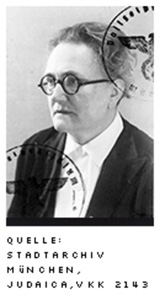 W
WClementine Sophie Krämer was a German writer of poetry, novellas and short stories. She was also an activist in the German Jewish community and was ultimately detained in Theresienstadt concentration camp, where she died.
 W
WKamil Krofta was a Czech historian and diplomat.
 W
WArthur Mahler was a Czech-Austrian archeologist. He was a cousin of composer Gustav Mahler.
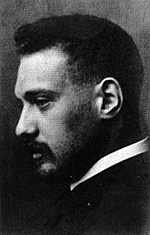 W
WDavid Ernst Oppenheim was an Austrian educator and psychologist who collaborated with Sigmund Freud and Alfred Adler.
 W
WGeorg Alexander Pick was an Austrian-born mathematician. He was born in a Jewish family to Josefa Schleisinger and Adolf Josef Pick. He died in the Theresienstadt concentration camp. Today he is best known for Pick's theorem for determining the area of lattice polygons. He published it in an article in 1899; it was popularized when Hugo Dyonizy Steinhaus included it in the 1969 edition of Mathematical Snapshots.
 W
WOttilie Pohl was a German socialist politician and activist who participated in the German resistance to Nazism. She was born in Schönwald into a Jewish family. She worked as milliner and moved to Berlin. She married Wilhelm Pohl in 1893, they had two children; he died in 1915.
 W
WHans Leo Przibram [] was an Austrian biologist who founded the biological laboratory in Vienna.
 W
WHeinrich Rauchinger (1858–1942) was a Kraków-born history painter and portrait painter.
 W
WElise Richter was a Viennese philologist and the only woman at any Austrian university, pre-World War I, to hold an academic appointment. Persecuted by Nazi officials during World War II, she was deported to the Theresienstadt concentration camp in German-occupied Czechoslovakia in October 1942, and died there in June 1943.
 W
WEduard Rosé (born Eduard Rosenblum was a German cellist and concert master.
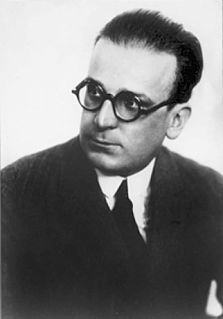 W
WMoriz Seeler was a German poet, writer, film producer, and man of the theatre. He was also a victim of the Holocaust.
 W
WChava Shapiro, known also by the pen name Em Kol Chai, was a Volhynian Jewish writer, critic, and journalist. A pioneer of Hebrew women's literature and feminist literary criticism, Shapiro was among the most prolific of the diasporic women writers of Hebrew in the early twentieth century.
 W
WAlfred Tauber was a Hungarian-born Austrian mathematician, known for his contribution to mathematical analysis and to the theory of functions of a complex variable: he is the eponym of an important class of theorems with applications ranging from mathematical and harmonic analysis to number theory. He was murdered in the Theresienstadt concentration camp.
 W
WSalo Siegfried Translateur, or Siegfried "Salo" Translateur, Hebrew: זיגפריד "סאלו" טרנסלטור was a German conductor and composer of waltzes, marches, and other light dance music. Today he is most famous for his Wiener Praterleben waltz, which became popular as Sportpalastwalzer in 1920s Berlin.
 W
WJulie Wolfthorn was a German painter. Born as Julie Wolf(f) to a middle-class Jewish family, she later styled herself as Julie Wolfthorn after her city of birth Thorn (Toruń).